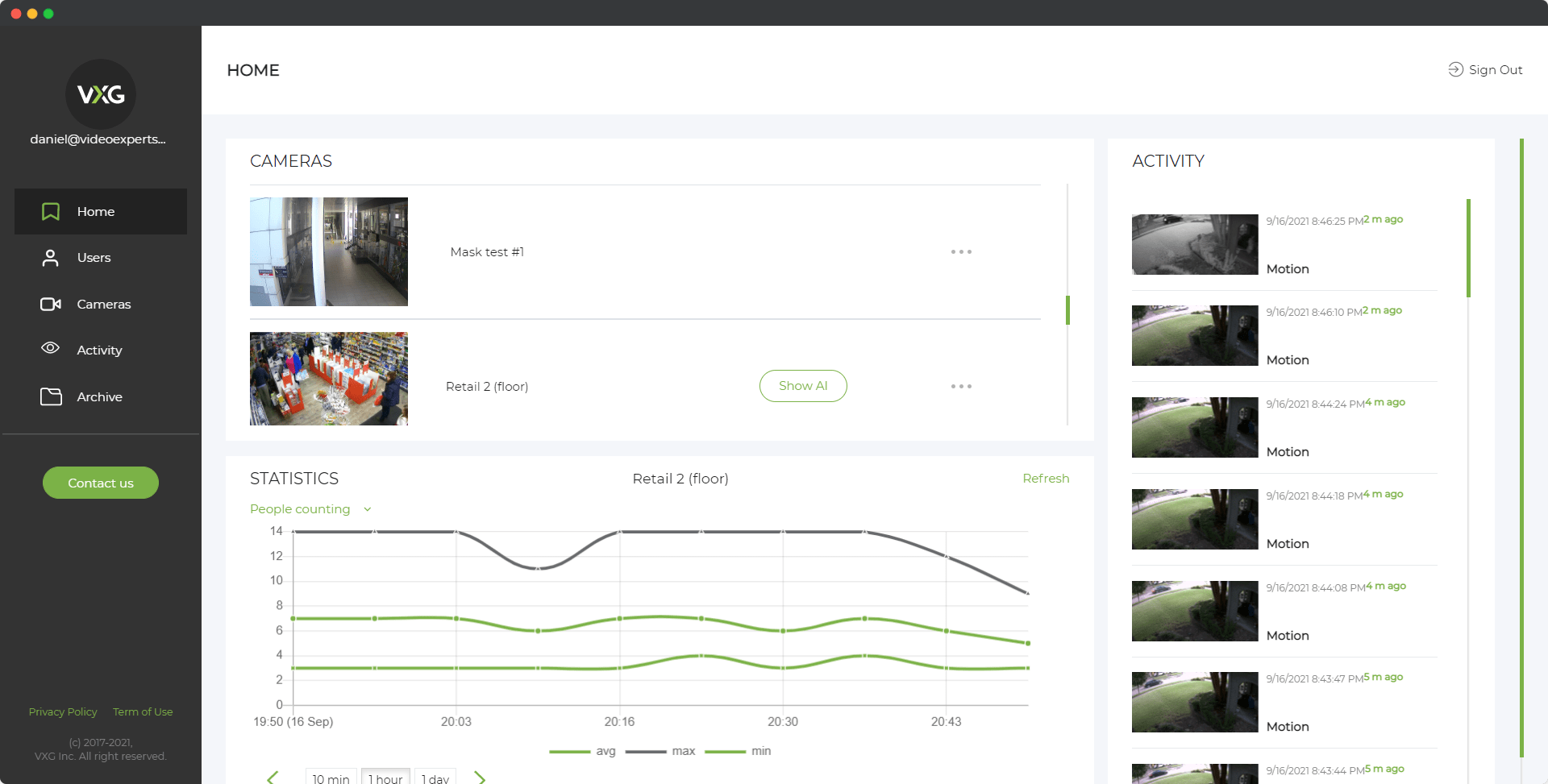In the rapidly advancing field of digital display technology, new resolutions are constantly being introduced, each offering enhanced clarity and detail. While many are familiar with terms like 1080p and 4K, the concept of 6000p resolution is less commonly discussed but represents a significant leap in display quality. This article aims to clarify what 6000p resolution means, its size, and whether it can be classified as 6K.
Meaning
The term "6000p" refers to the vertical pixel count of a display. In digital imaging, the "p" stands for "progressive scan," indicating that each frame of the image is drawn sequentially, line by line, from top to bottom. This method contrasts with interlaced scanning (denoted by "i"), where the image is drawn in alternating lines. Progressive scanning generally provides a smoother and clearer image, especially for fast-moving scenes, making it the preferred method for most modern displays.
What is 6000p Resolution Size?
To understand the size of a 6000p resolution, we need to consider both the vertical and horizontal pixel counts. While 6000p specifies the vertical resolution, the horizontal resolution can vary depending on the aspect ratio of the display.
- Aspect Ratio: The aspect ratio is the ratio of the width to the height of the screen. Common aspect ratios include 16:9 and 4:3.
- For a 16:9 aspect ratio, which is typical for widescreen displays, a 6000p resolution would have a horizontal pixel count of approximately 10667 pixels (calculated as 6000 * 16 / 9).
- For a 4:3 aspect ratio, which is more common in older displays and some tablets, a 6000p resolution would have a horizontal pixel count of approximately 8000 pixels (calculated as 6000 * 4 / 3).
- Pixel Density: Another critical factor is pixel density, measured in pixels per inch (PPI). Higher pixel density means more pixels are packed into the same physical space, resulting in sharper and more detailed images. Devices with 6000p resolution often have high pixel density, especially on smaller screens like tablets or smartphones.
Is 6000p 6K?
To determine if 6000p qualifies as a 6K resolution, it's essential to understand what "6K" means in the context of display resolutions.
- Definition of 6K: The term "6K" generally refers to resolutions with a horizontal pixel count of around 6000 pixels. Unlike 4K and 8K, 6K does not have a widely accepted standard resolution. However, it usually falls in the range of 6000 horizontal pixels, often used in high-end digital cinema and professional video production.
- Comparison to 6000p:
- For a 16:9 aspect ratio, 6000p has a horizontal resolution of approximately 10667 pixels, which far exceeds the 6000-pixel threshold of 6K.
- For a 4:3 aspect ratio, 6000p has a horizontal resolution of approximately 8000 pixels, also exceeding the typical 6K horizontal pixel count.
Given these points, 6000p can be considered to exceed the traditional 6K resolution standards, providing even higher levels of detail and clarity. This makes it a suitable resolution for applications requiring extremely high visual fidelity, such as professional video editing, high-end digital cinema, and advanced gaming.
6000p resolution represents a specific vertical pixel count of 6000 pixels, with its horizontal count varying based on the display's aspect ratio. It generally exceeds the 6K resolution category, offering even higher levels of detail and clarity. Understanding these details helps consumers and professionals make informed choices about display technology, ensuring they select the best resolution for their needs.
















